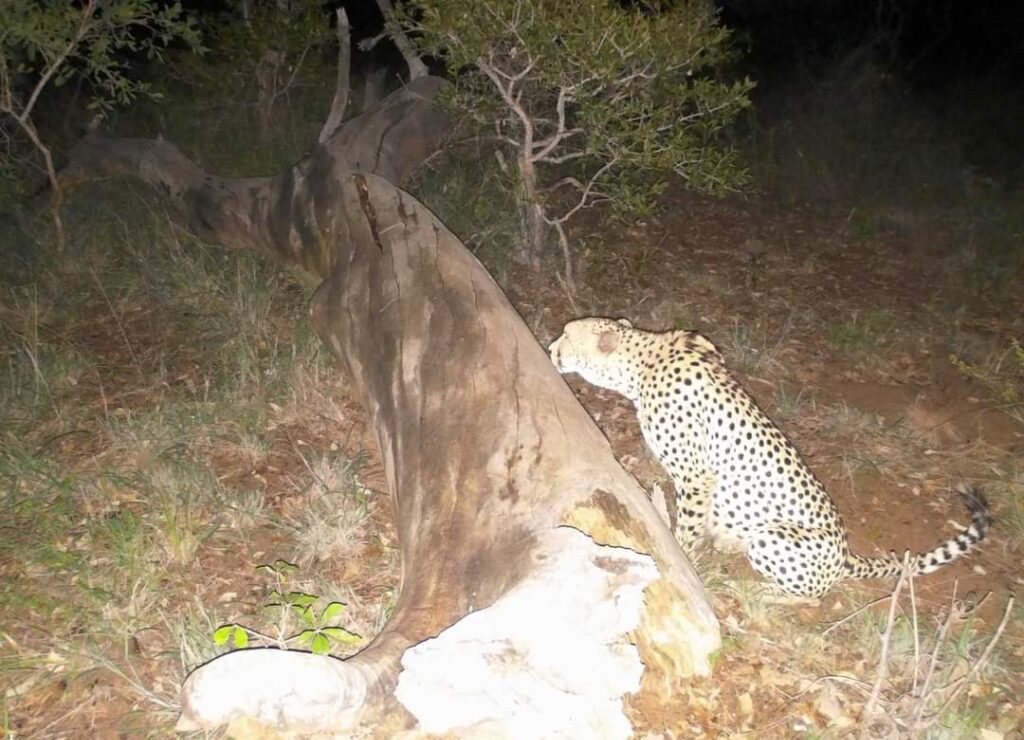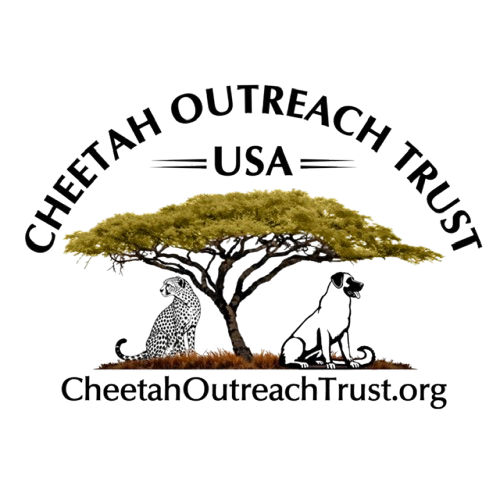free-roaming cheetah census
- Home
- free-roaming cheetah census

Cheetah Outreach Trust, (in partnership with Ashia Cheetah Conservation, University of Stellenbosch, and University of Groningen) has embarked on a Free-Roaming Cheetah Census Project with the support of landowner and farmer organizations including SA Hunters and the PHASA Foundation. This initiative is dedicated to gather scientific data relating to the free-roaming cheetah populations that occur on farmland areas outside the confines of fenced, protected areas in South Africa. Its primary objectives are to learn population numbers, gather insights into cheetah behavior and habits, and explore the dynamics of human-cheetah interactions in farm areas.
Over the course of the next three years, the project will follow a multi-faceted approach to collect information. This will include online questionnaires to landowners, using state-of-the-art cameras at scent marking sites, fitting captured cheetahs with satellite-linked collars for tracking, conducting analysis of cheetah scat samples to discern prey preferences, and conducting field observations by teams of Cheetah Outreach Trust, Ashia Cheetah Conservation and students from the Universities involved.
This evaluation will extend across national borders, thus offering a broad perspective. The gathered data will serve as the foundation for crafting advanced conservation strategies, with benefits extending not only to landowners but also to cheetahs that share their landscapes.
Central to this undertaking is the imperative need to equip farmers with knowledge about the conservation status of free-roaming cheetahs in their regions. The presence of these predators in specific locales is a testament to the harmony between their natural habitat and the stewardship of the land by farmers, resulting in a flourishing biodiversity. Armed with the scientific findings from this project, an ethos of co-existence and tolerance can be nurtured within the farming communities where cheetah co-exist. By implementing judicious predation management techniques, the sustainable co-existence of predators, including the remarkable cheetah, becomes an attainable aspiration.
